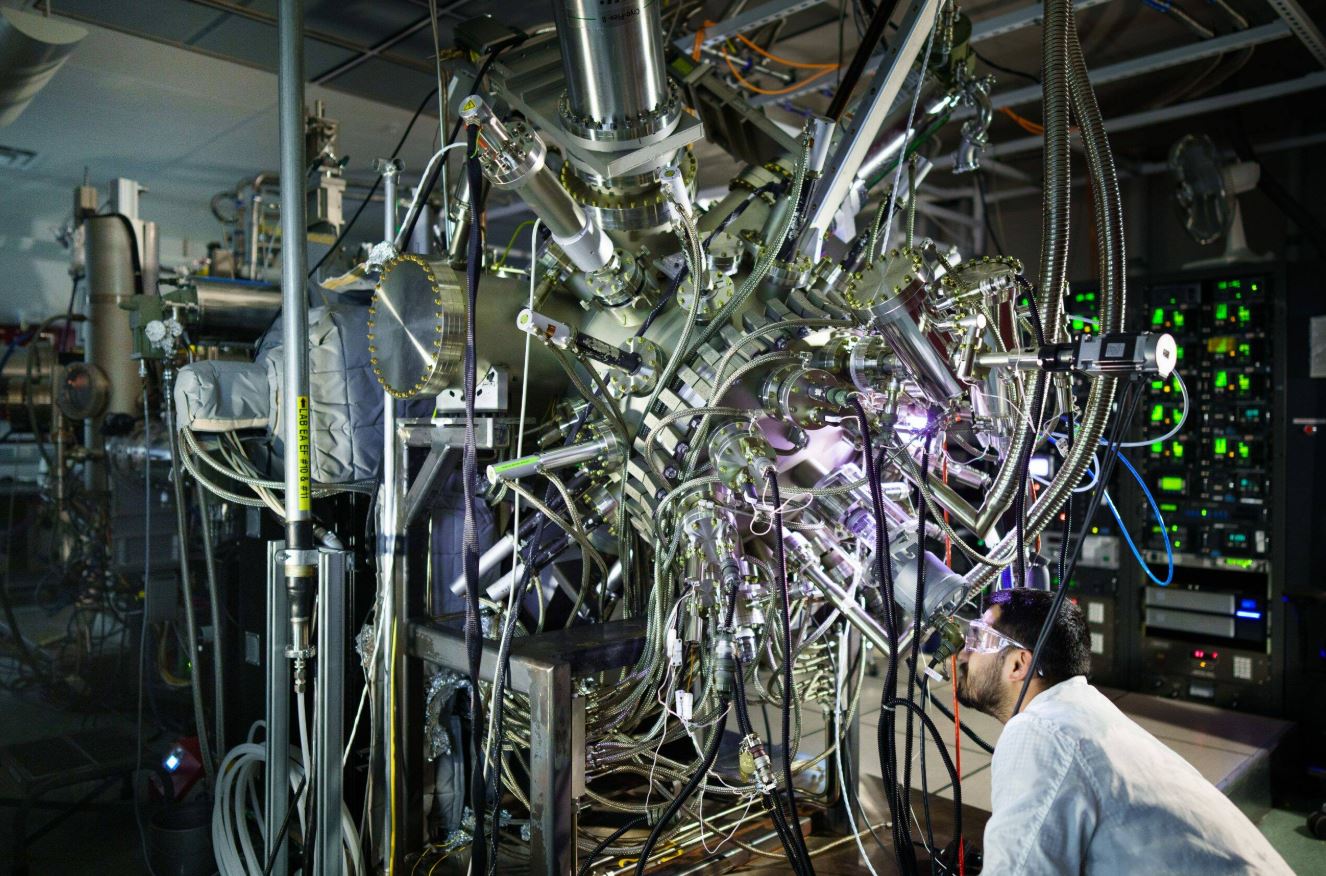 Imagine a world where the massive energy used to cool data centers is significantly reduced. That’s exactly what scientists in the U.S. are working on with a groundbreaking approach using laser technology to cool computer chips. If you’ve ever wondered why data centers need so much power, it’s mainly because traditional cooling systems, which rely on air and water, are struggling to keep up with the heat from modern servers. Raktim Sarma, a physicist at Sandia National Laboratories, points out that cooling eats up about 30 to 40 percent of a data center’s energy, which is a big strain on local resources.
Imagine a world where the massive energy used to cool data centers is significantly reduced. That’s exactly what scientists in the U.S. are working on with a groundbreaking approach using laser technology to cool computer chips. If you’ve ever wondered why data centers need so much power, it’s mainly because traditional cooling systems, which rely on air and water, are struggling to keep up with the heat from modern servers. Raktim Sarma, a physicist at Sandia National Laboratories, points out that cooling eats up about 30 to 40 percent of a data center’s energy, which is a big strain on local resources.
Enter Maxwell Labs, a startup from Minnesota that’s teaming up with Sandia and the University of New Mexico to explore laser-based photonic cooling. This innovative technique promises not only to boost energy efficiency but also to unlock levels of processor performance we never thought possible. Mike Karpe, Maxwell’s Co-Founder and Chief Growth Officer, believes that if this project succeeds, it will not only save energy but also allow processors to hit new performance heights.
Photonics, the science of light, is already a key player in areas like data processing and national security. But using lasers for cooling? That’s a first. While we usually think of lasers as heating things up, they can actually cool down specific materials under the right conditions. Sarma explains that the cooling only needs to target tiny spots, about the size of a speck of dust.
Maxwell Labs is working on a photonic cold plate that uses gallium arsenide, a semiconductor similar to silicon. This material, when grown in ultra-thin, crystalline layers, is crucial for the laser cooling process. The goal is to direct cooling laser light to critical hotspots, lowering chip temperatures far more effectively than traditional methods.
According to Maxwell’s projections, this technology could allow chips to run faster without overheating, boosting both performance and power efficiency. Plus, there’s a chance to convert the heat produced back into electrical energy, creating a sustainable energy-recovery system.
This could be the start of a new era in high-performance, energy-efficient computing, all thanks to using lasers to manage chip temperatures in a smart way.








